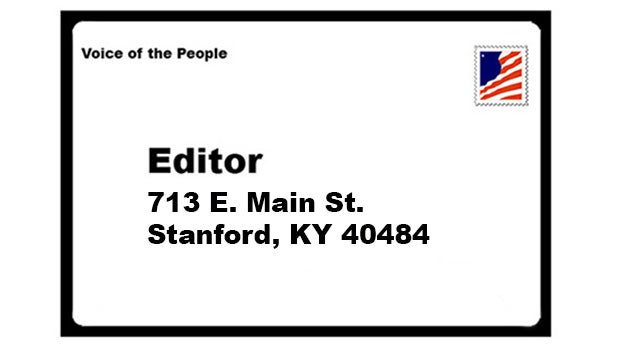Help wanted: Everyone can tell community’s story
Published 11:21 am Thursday, June 21, 2018
One of the oldest expressions in the newspaper business is that “everybody has a story to tell.” Well, the same goes for communities.
Each and every community is unique, offering their own charms, heritage and character. These are woven into the fabric of the culture and engrained in the makeup of its citizens.
Celebrating this is more important than ever.
As we look around Stanford and Lincoln County, it is important to ask ourselves: What story do we want to tell people?
Many longstanding institutions have been hard at work on this and doing a great job. But this is one of those things in life that is never ending and requires constant reevaluation. We need as many people as possible working collectively.
One of the first steps is asking ourselves who we think is our audience.
The answer to that question becomes critical in shaping the message. When it comes to telling a community’s story about what makes it stand out, the audience is usually as diverse as imaginable but, first and foremost, it is the people who live here and call the area home.
Making sure we create the right mindset is crucial in developing community pride and being consistent from top to bottom. It sometimes requires re-education of sorts.
Each and every citizen has the opportunity to become a storyteller, sharing this message with others. Moving things at this sort of grassroots level is the most effective way of changing the narrative.
Some people think of this concept and believe it means ignoring or even hiding some of the less flattering elements of the community. That couldn’t be farther from the truth.
We have to attack those challenges, acknowledging that every community in America is facing similar issues with drug abuse, crime, growing employment opportunities and maintaining high quality of life standards.
Some of this will only be accomplished through partnerships and engagement.
Even though volunteerism has waned and most organized civic groups struggle to gain new members, the sky is truly the limit as to what could be accomplished when we work together.
Sandra Day O’Connor, the first woman to serve on the U.S Supreme Court, made a great comment on this concept of togetherness and partnership in building our world.
“We don’t accomplish anything in this world alone … and whatever happens is the result of the whole tapestry of one’s life and all the weavings of individual threads from one to another that creates something.”
We can no longer rely on government, big corporations or other entities to take care of our communities or make the positive changes that have to happen. It comes down to us as individuals and as citizens.
Everyone can play a role.
After years of traveling and having lived in several states, it has always been interesting to me how communities in different parts of the country are culturally unique, varying in some very important — and maybe some trivial but still personally impactful — ways.
The “big picture” looks the same but there are lots of subtle differences. Those idiosyncrasies are the story we need to tell.
Michael Caldwell is interim publisher of The Interior Journal. He can be reached at (859) 469-6452 or by email at mike.caldwell@theinteriorjournal.com.




